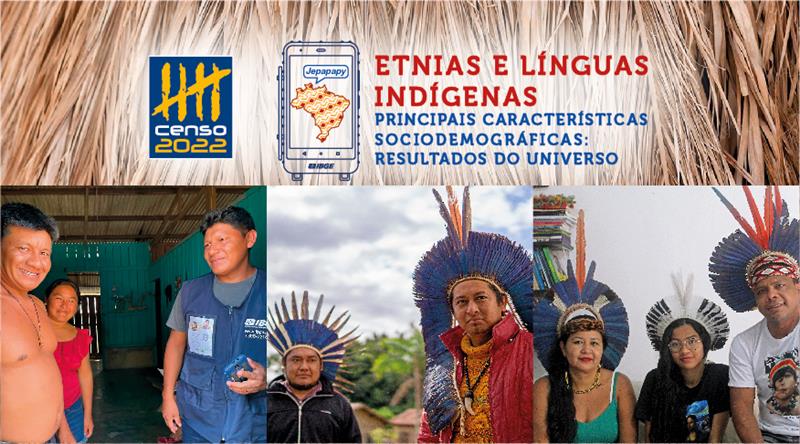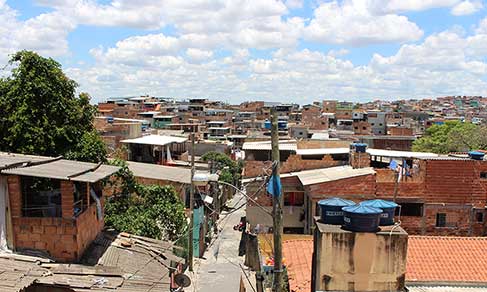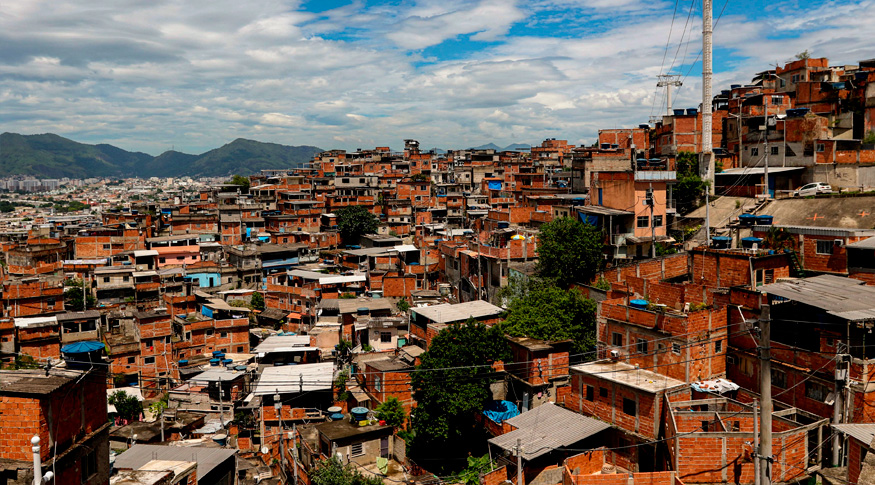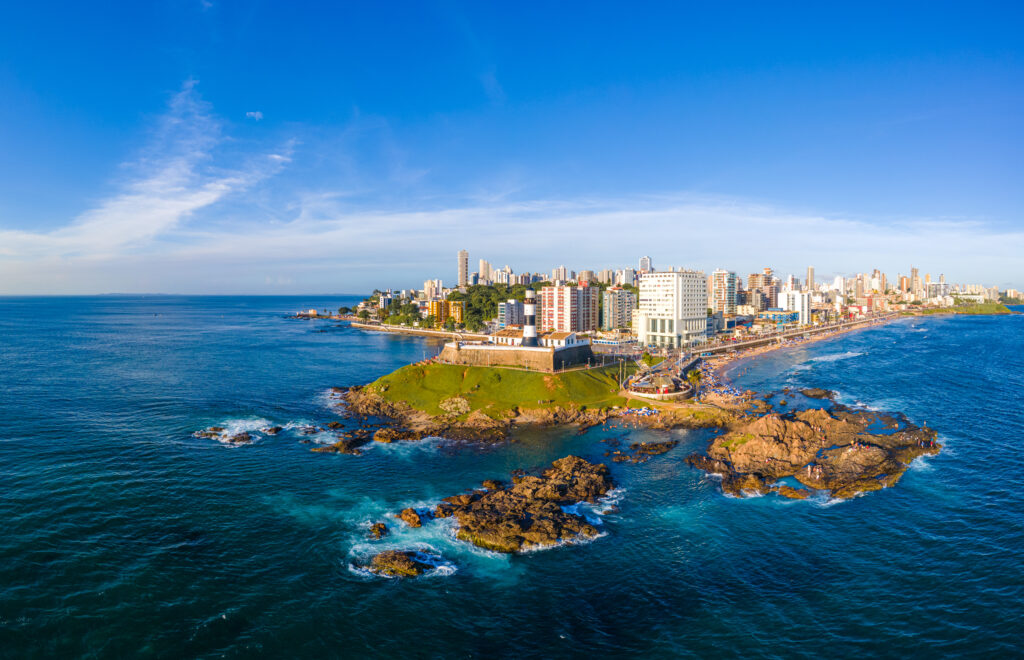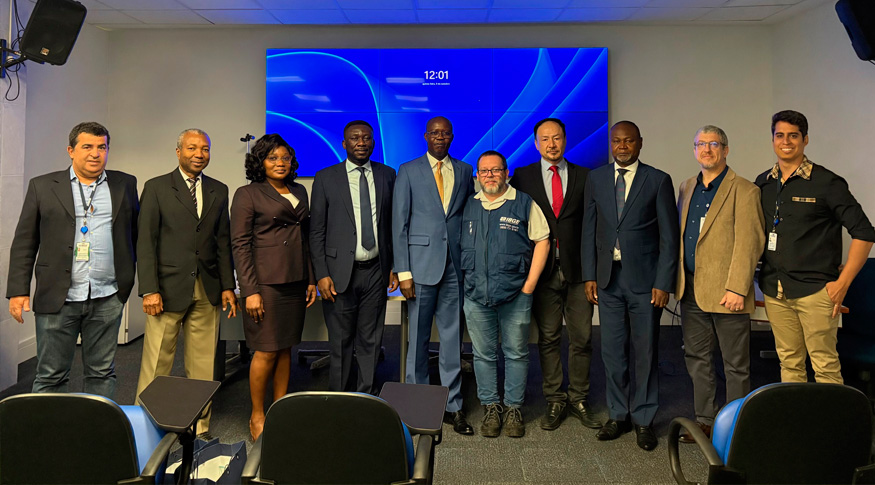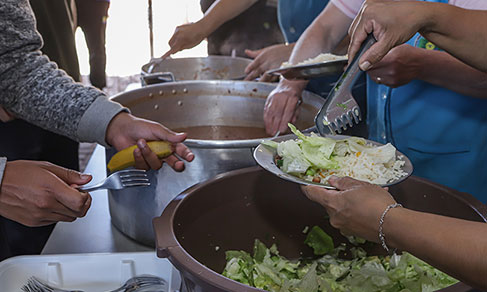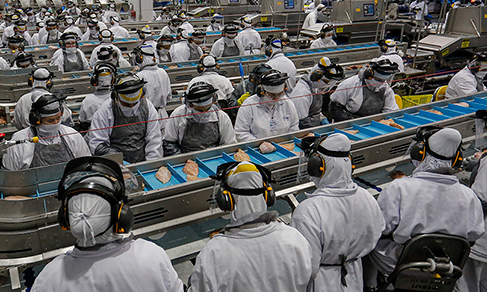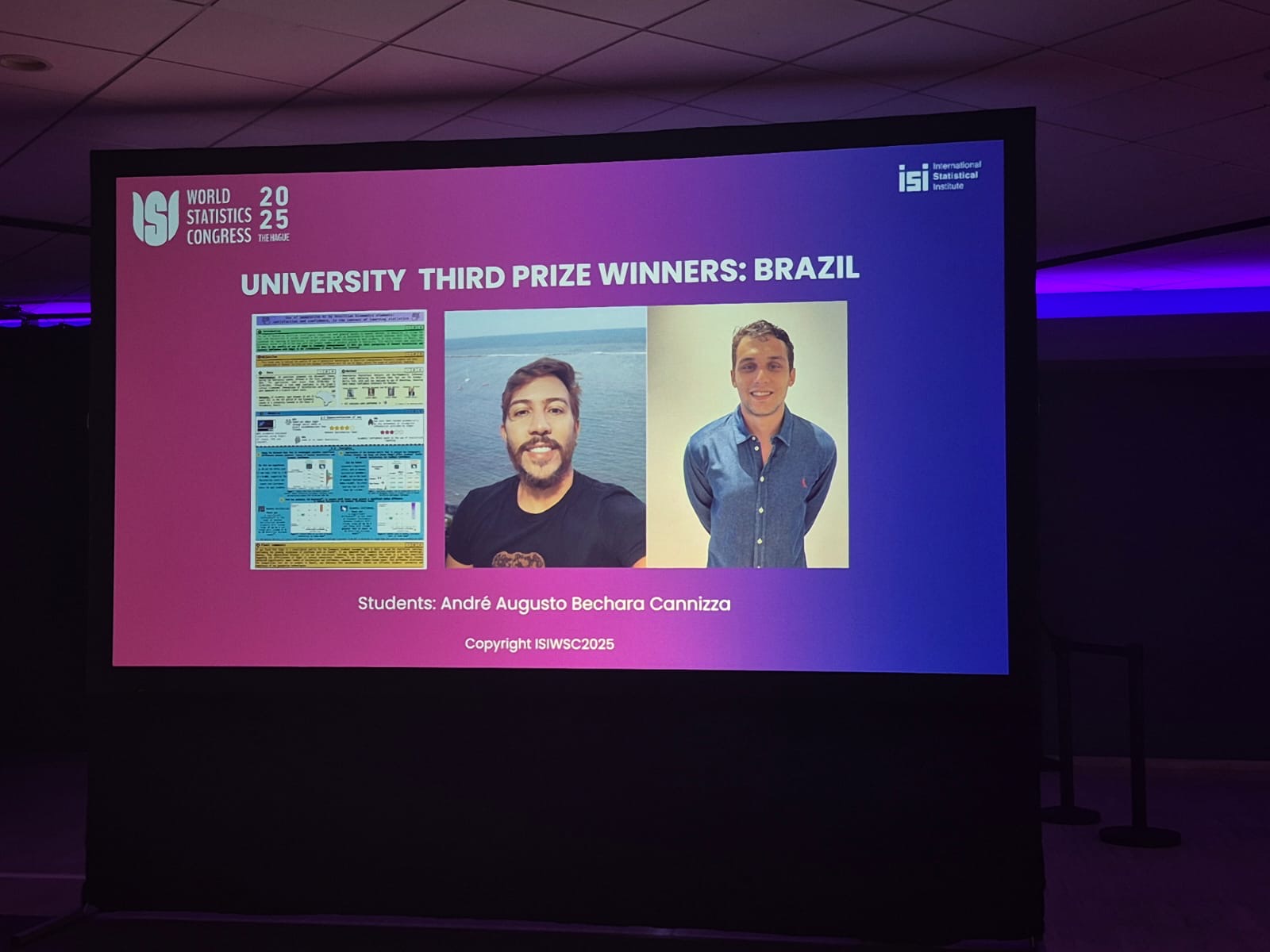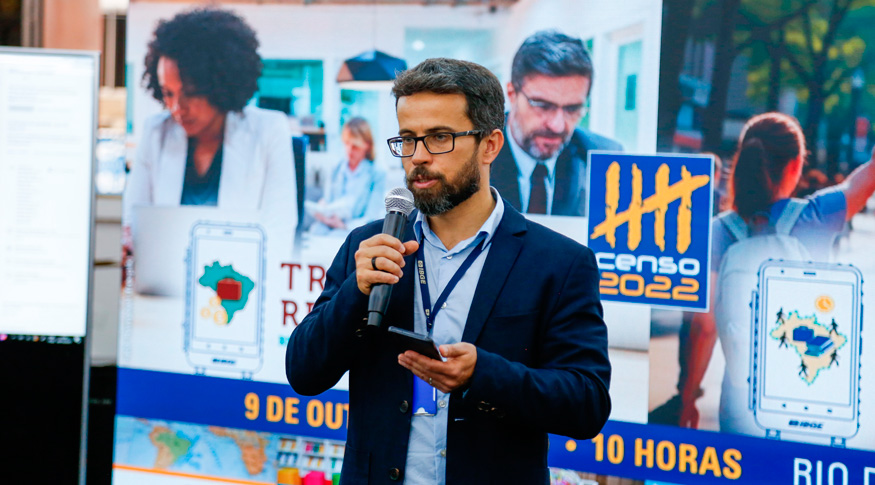One fourth of the population lives on less than R$387 a month
December 15, 2017 10h00 AM | Last Updated: December 15, 2017 01h15 PM
In 2016, 25.4% of the Brazilian population lived in extreme poverty, according to the criteria established by the World Bank, which classifies as poor all persons earning less than US$ 5.5 per day in developing countries. That figure is equivalent to a per capita household income of R$ 387 per month, considering parity in terms of purchasing power.
The situation is more serious among the 7.4 million residents of housing units inhabited by black or brown women, without a partner, with children aged up to 14. Out of those, 64.0% were below that income range. That an more is presented today in the IBGE's Summary of Social Indicators (SIS 2017), which brings a structural analysis of the results of the Continuous National Household Sample Survey (PNADC).
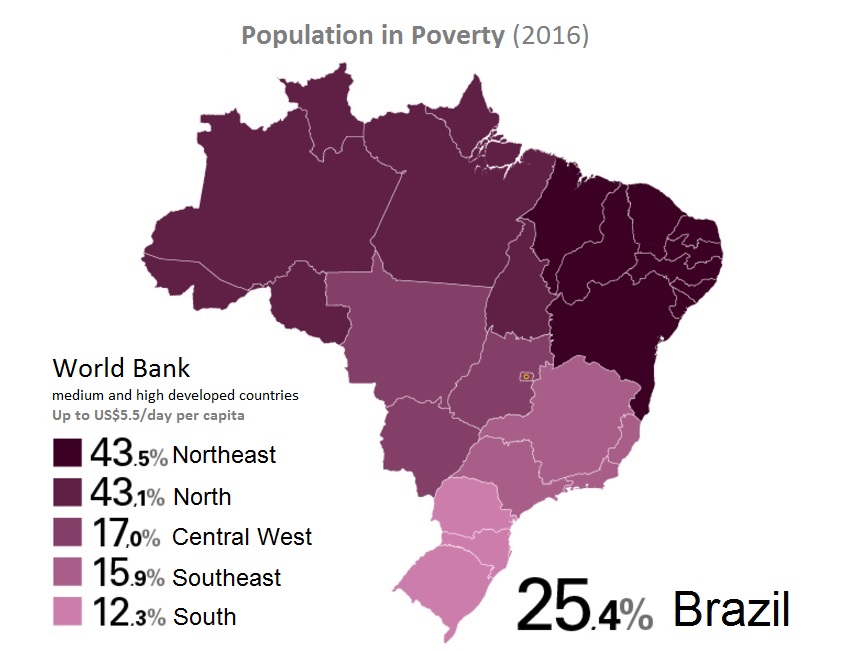
Besides the parameter defined by the World Bank, the study shows other ways of measuring poverty, once Brazil does not follow a specific pattern. According to Leonardo Athias, researcher from the IBGE, there is a series of aspects which motivate the creation of poverty lines, and also the implementation and monitoring of public policies: “There is no official measurement in the country. We adopt some criteria for each specific objective, like in the case of income transfer programs. Brasil Sem Miséria (Brazil without Misery), for example, follows a line of up to R$ 85 per capita per month (extreme poverty) and R$ 170 per capita per month (poverty)”.

The concept of poverty may be understood apart from monetary aspects too. SIS 2017 presented an analysis of multidimensional poverty, which measures the access of the population to goods and services related to social rights. A total 64.9% of the population had limited access to at least one of the rights analyzed - education, social protection, proper housing, basic sanitation services and Internet. Once more, the residents of housing units formed by black or brown women, without a partner, with children aged up to 14 form the most vulnerable group (81.3%).
Leonardo highlights the importance of a wider approach of the poverty as a topic: “Economic growth can lead to the increase of household income, but it may be disassociated from the access to rights. The Central West is an example of a Major Region where that phenomenon takes place, once the economic impulse of agribusiness is not always followed by a good infrastructure of public services”.
Text (in Portuguese): Pedro Renaux
Design: Pedro Vidal
Image: EBC/Valter Campanato




